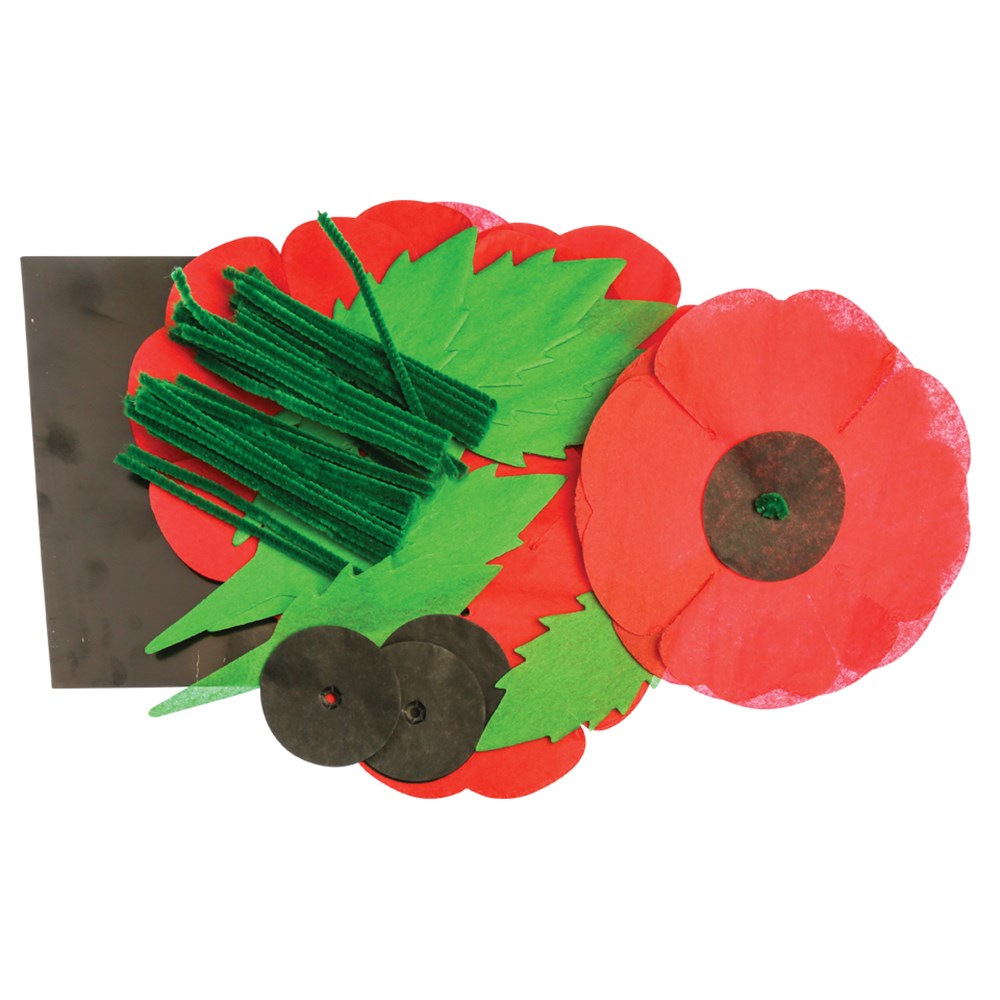

Within the last few days, North Yorkshire’s chairman Cllr Stuart Martin - who helps to ensure the display survives by providing support towards fundraising from his localities budget - has spoken to people in town from Cheshire and Lockerbie, visiting specifically to view the display. The money raised from donations provides direct assistance for Veterans in financial distress, as well as funding for medical equipment, medical research, home services, long term care facilities and many other purposes.The town is currently decked with around 65,000 poppies, mostly knitted, which are there as a visible recognition to those who gave their lives in the two World Wars and other conflicts.īut like the Tower of London poppy installations which marked the centenary of WW1, Ripon’s display now attracts visitors from many miles away.

Today, the Poppy Campaign is one of the Royal Canadian Legion’s most important programs.In 1921, Madame Guérin visited Canada and convinced the Great War Veterans Association of Canada (predecessor to the Royal Canadian Legion) to adopt the poppy as a symbol of remembrance in aid of fundraising which it did on July 5th of that year.

She suggested that artificial poppies could be made and sold as a way of raising money for the benefit of orphaned children and others who had suffered greatly as a result of the war. She was inspired by Moina Michael’s idea of the poppy as a memorial flower and felt that the scope of the Memorial Poppy could be expanded to help the needy.

The poppy may be worn at commemorative events throughout the year, such as anniversaries of significant battles, a memorial service, and other similar occasions.Many people place their poppy on a wreath or at the base of the cenotaph or memorial as a sign of respect at the end of the ceremony. The Lapel Poppy can be worn every day of the Poppy Campaign and is removed at the end of the Remembrance Day ceremony.The Poppy Campaign begins on the last Friday in October and continues through to November 11 th.


 0 kommentar(er)
0 kommentar(er)
